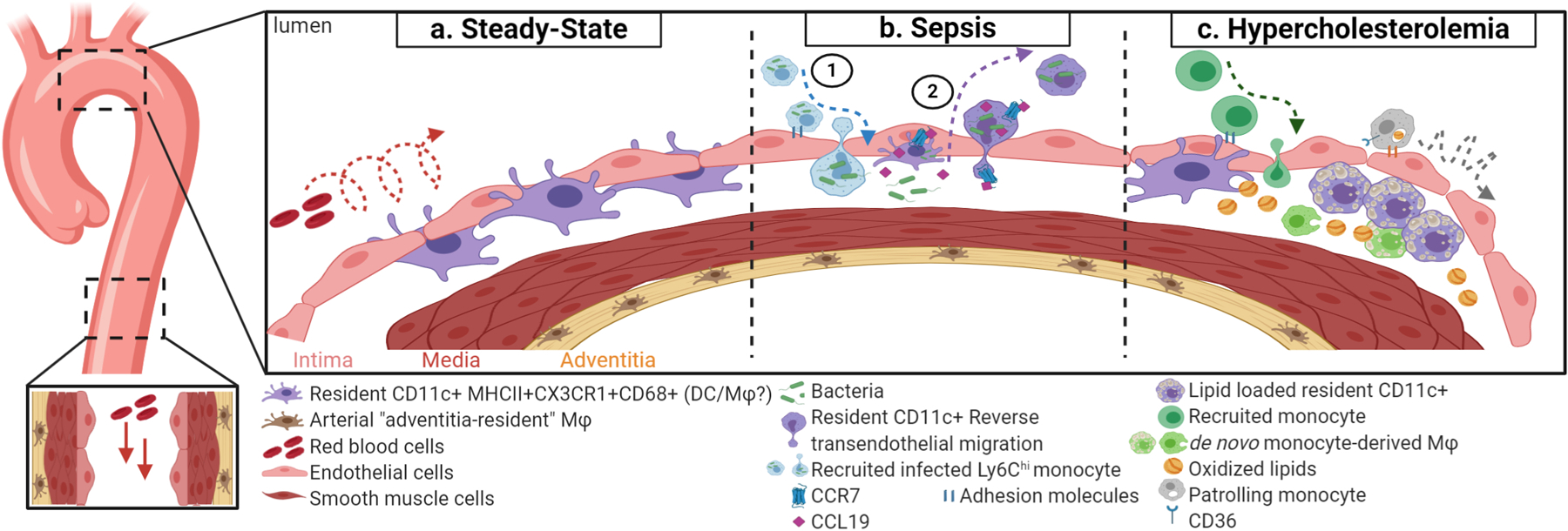Figure 2. Intimal resident CD11c+ myeloid cells in arteries during health and disease.

(a) In regions that experience disturb blood flow, like the lesser curvature of the aortic arch, resident CD11c+ myeloid cells (in purple) accumulate in the subintimal space of healthy aortae. Resident CD11c+ myeloid cells rarely accumulate in descending aortae, which experiences uniform laminar blood flow. (b) 1. Circulating monocytes (in blue) become infected with bacteria, gain access to the subintima space, and disseminate the infection. 2. Upon infection, resident CD11c+ myeloid cells upregulate Ccl19 and Ccr7, which is necessary for these cells clear the infection via reverse transendothelial migration, and enter the circulation. (c) At early stages of hypercholesterolemia, resident CD11c+ myeloid cells uptake oxidized lipids, contributing to the initial lesion bed. Additionally, CD36-mediate uptake of oxidized lipid by patrolling monocytes increases crawling.
